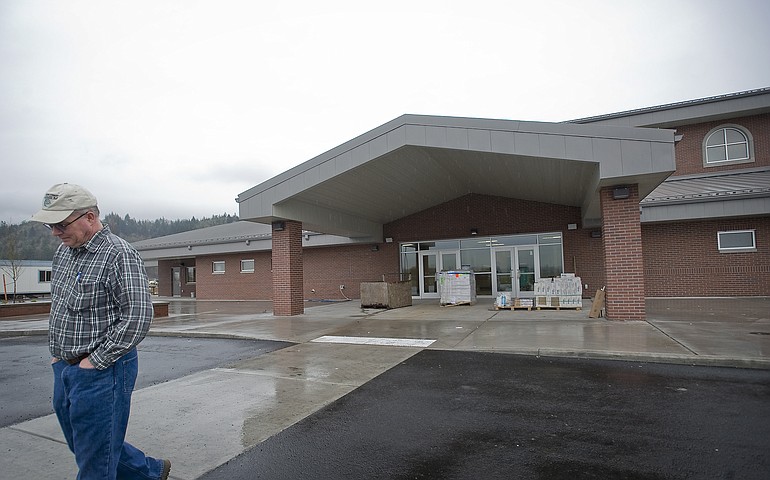The Old Apostolic Lutheran Church has a small but visible presence in Southwest Washington, thanks to the region’s influx of Nordic immigrants in the late 19th and early 20th centuries. Along with Minnesota and Michigan, the region is recognized as one of three concentrated areas of Old Apostolic Lutheranism in the United States, according to Lutheran scholars.
Church leaders estimate there are more than 5,000 in the Clark County congregation, which has churches in Battle Ground, Brush Prairie and now Woodland. There is no way to ascertain the exact number; the church doesn’t keep a roster of membership, said co-pastor Dale Schlecht.
Old Apostolic Lutheranism is a “sub-sect of a sub-sect” of Lutheranism known as Laestadianism, said K. Marianne Wargelin, a scholar of the Finnish-American experience and history doctoral student at the University of Tampere in Finland. Wargelin lives in Minneapolis, Minn., where there is a concentration of Laestadian sects, and has visited the Old Apostolic Lutheran Church in Battle Ground as part of her research on that branch of Lutheranism.
The sect is named for founder Lars Levi Laestadius, a pastor in Northern Sweden. He founded the sect in the 1840s, merging tenets of Lutheranism with cultural aspects of the Sami people, Wargelin said. The sect spread throughout Sweden, Finland and Norway. After Laestadius’s death, the sect splintered into several sub-sects, one of which was the Old Apostolic Lutheran Church. Nordic immigrants brought those beliefs to North America.



